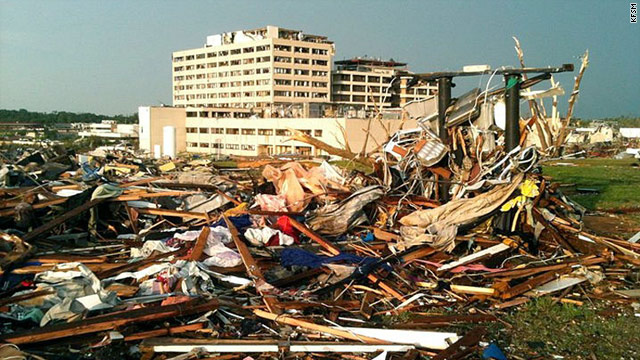To your health!
Later today the American Meteorological Society will host a Capitol Hill briefing on healthcare continuity in the face of weather hazards. Look for Dr. Shali Mohleji, senior AMS Policy Fellow, in Room 430 of the Dirksen Senate Office Building, beginning at 2:30 (Thursday afternoon, July 10, 2014). Dr. Mohleji will be joined by three distinguished speakers:
Neil Bryant, Vice President Support Services, Community Medical Center, Barnabas Health
Robin Guenther, Principal at Perkins+Will
Thomas Santos, Vice President, Federal Affairs, American Insurance Association
They’ll offer three complementary perspectives on the issue.
The presentations and discussion stem in large part from an AMS workshop held last October with funding from the National Oceanic and Atmospheric Administration, and summarized in a report:
Here is some further background, excerpted from the AMS website:
Key Findings:
Healthcare facilities and services provide key underpinnings for a thriving community. Therefore, ensuring their resilience to high-impact weather is critical. High-impact weather events present a challenge in that they disrupt health facilities and services and decrease the ability to provide healthcare at a time when a community’s needs increase due to injuries and illness associated with the event. As more communities will emerge in areas vulnerable to high-impact weather, the need will grow for resilient healthcare facilities and services.
The American Meteorological Society (AMS) Policy Program conducted a workshop to explore ideas on increasing the resilience of healthcare facilities and services to high-impact weather events. In this report, we present a strategy for improving resilience that first understands the risks one faces, then resolves the vulnerabilities of health facilities, and finally, prepares for the continuity of health services. Each of these aspects provides a layer of resilience which, when added together, creates a health system that can remain intact and operational during and after a high-impact weather event.
To improve resilience, one must first understand their risks since increasing resilience essentially involves a series of actions to reduce risk. For healthcare facilities and services, both The Joint Commission accreditation process and property/business insurance serve as vehicles for risk management.
Health facilities can manage their risks through three different approaches aimed at reducing facility vulnerabilities.
1. Hardening structures
2. Incremental adaptations
3. Innovative practices
The continuity of health services is crucial to resilience and requires that facilities have a management plan for their operations in the potential circumstance when capacity and capabilities are limited. Facilities lose their capacity when their resources are reduced such as dwindling medical supplies, pharmaceutical stocks, available beds, food, potable water, and even clean linens. Facilities lose their capability to provide health services when they lose critical services such as power, HVAC, and plumbing or when they have limited staff.
Two key ideas involve new conceptualizations. The first conceptualizes resilience as something that can be improved by means of successful risk management; the second conceptualizes redundant systems as a means to efficacy, not inefficiency.
See you there!


